I believe I've mentioned the grant before, but only in passing. In brief, the strategy was to use a backhoe to excavate a series of short trenches spaced about 100 m apart along about a mile of deposits. The sediment sequences revealed in the walls of those trenches provide information about how the alluvial landscape along this section of the river formed and developed and which areas have (or have the potential to contain) well-preserved archaeological sites. We cleaned, drew profiles, described sediments, and photographed a wall of each trench. Carbon was scarce, but I obtained a few small samples from buried strata that I think will help me construct a preliminary depositional chronology. I'm most interested in locating sites with good potential for preserving evidence of family- and group-level behaviors in the Early and Middle Holocene (hence the name of the grant), but I want to be able to tell the rest of the story as well.
The weather was not our friend early in the week. We got soaked by heavy rain all day on Monday, and intermittently on Tuesday afternoon. The remainder of the week was better, perhaps even relatively pleasant by the standards of South Carolina in late May.
It was a hectic week, but we got everything done and learned a tremendous amount in a short time. I owe a huge debt of thanks to Sean Taylor at the South Carolina Heritage Trust for kicking in resources (both human and machine) and expertise at his disposal. I'm also thankful for the continued generosity and hospitality of the landowner. The analysis of the materials and information will begin immediately, starting with cleaning/cataloging the artifacts we collected, digitizing the profiles, and selecting samples for radiocarbon dating, etc. I still have a day or so left in the field to map in some trench locations and take a few final notes. I'll write about it as I have time, and will produce one or two videos showing what we did. In the mean time, I hope you enjoy some photos from our week and some of my initial thoughts on what we saw:
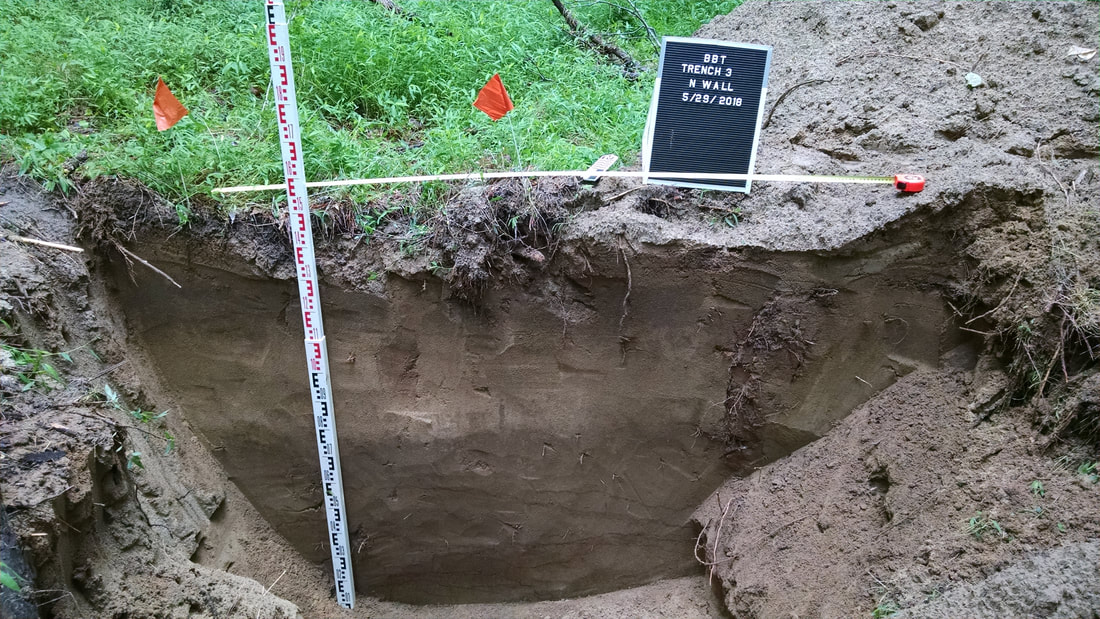
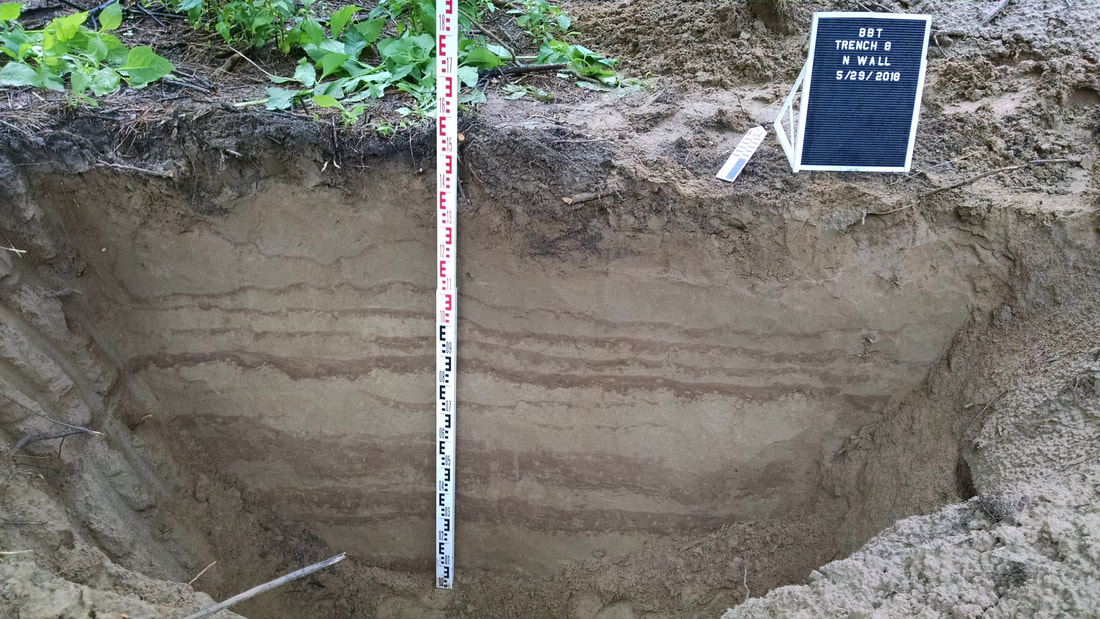
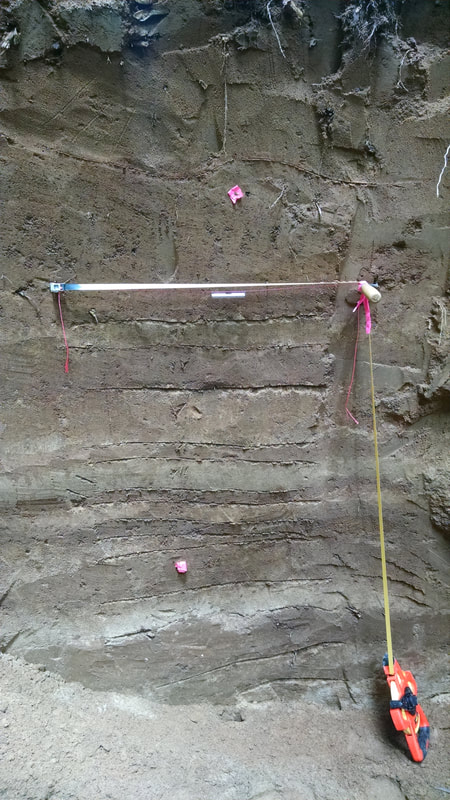
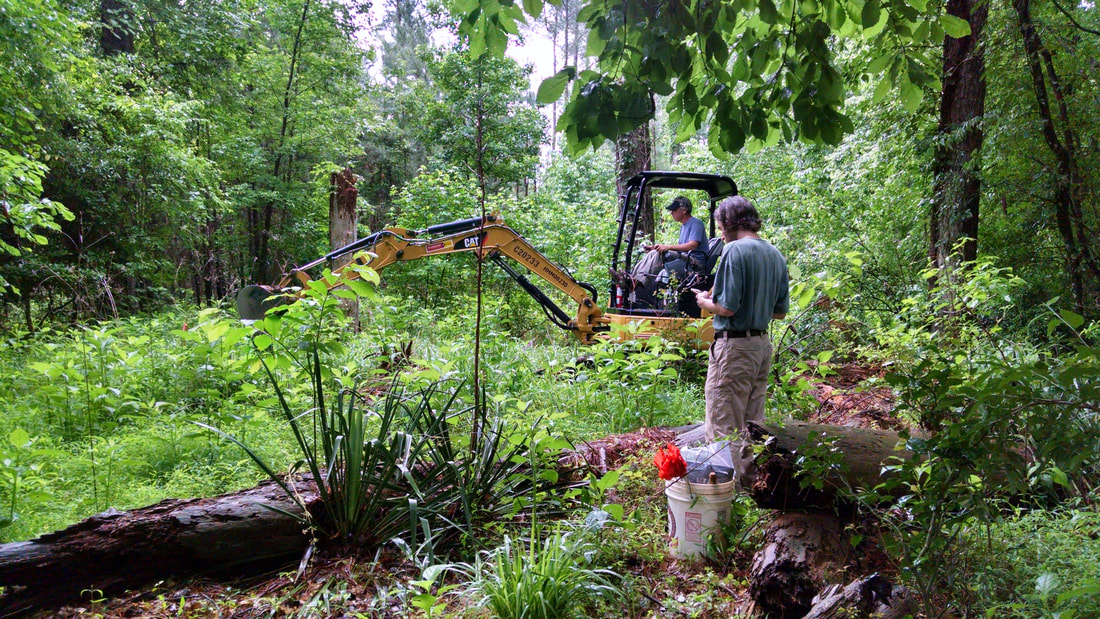
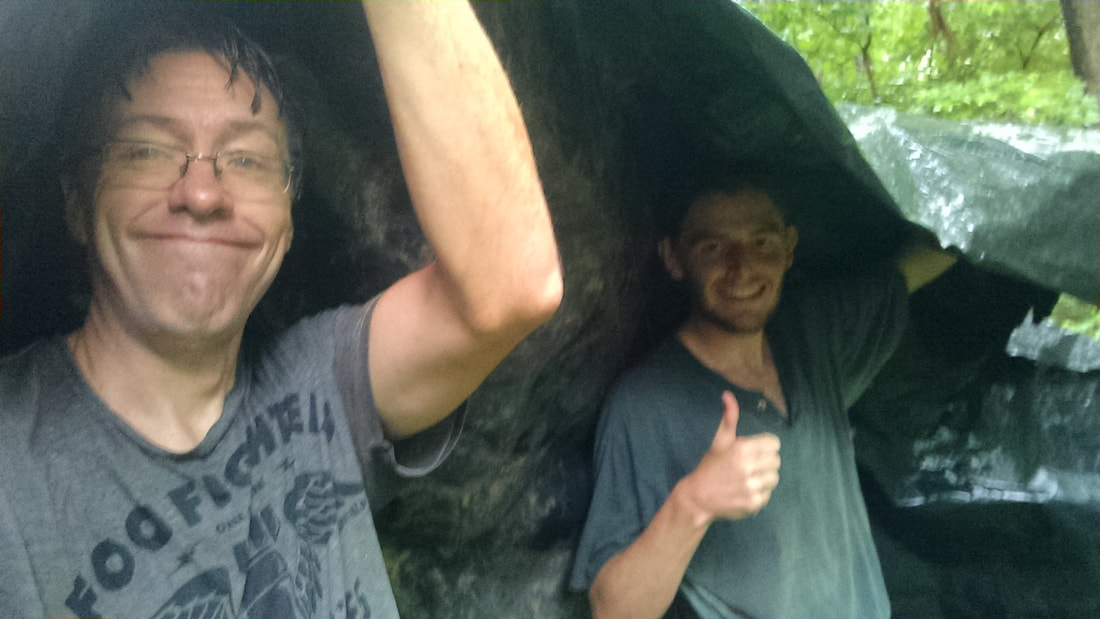
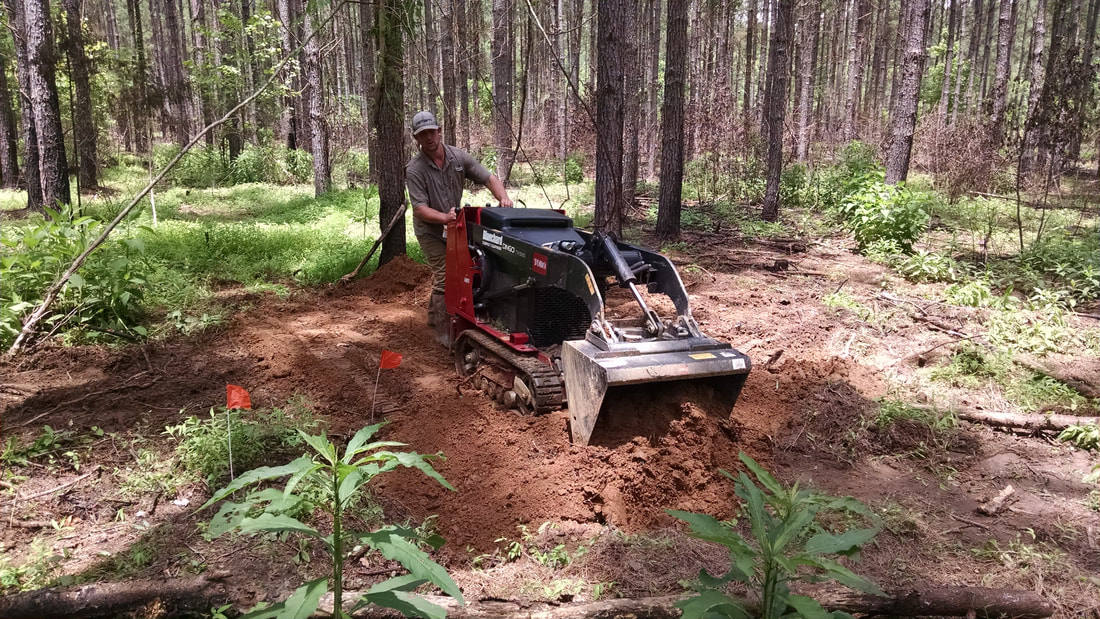
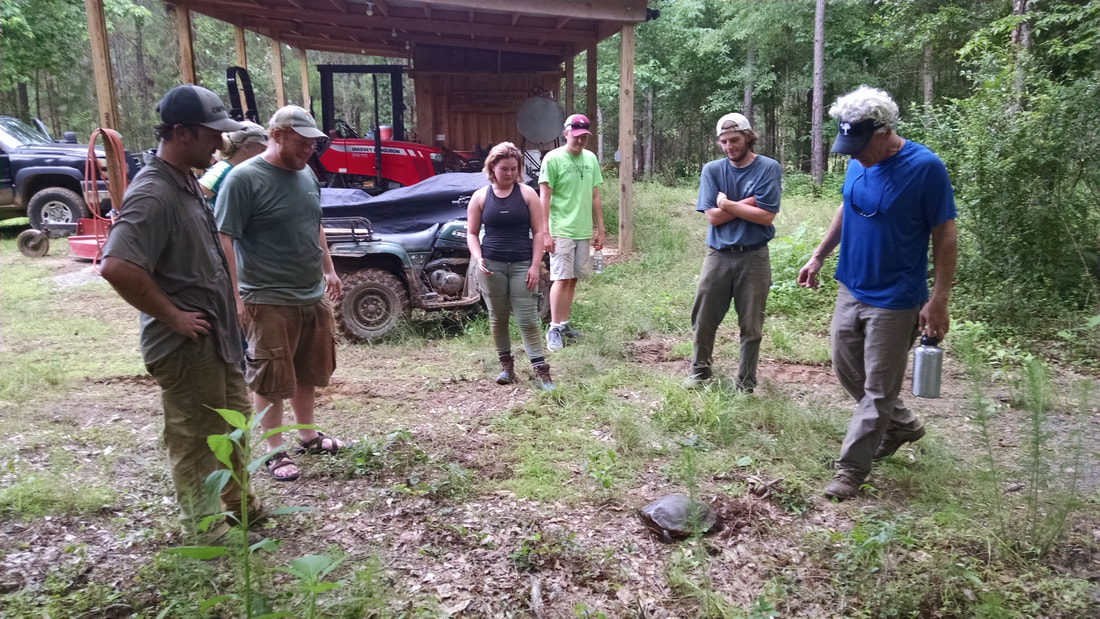
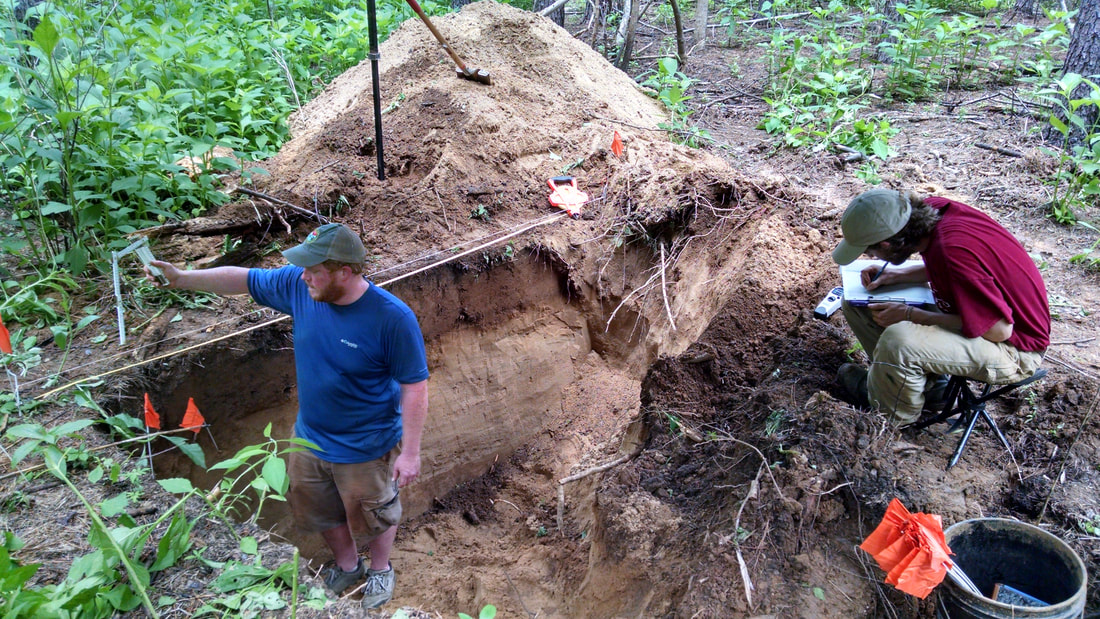
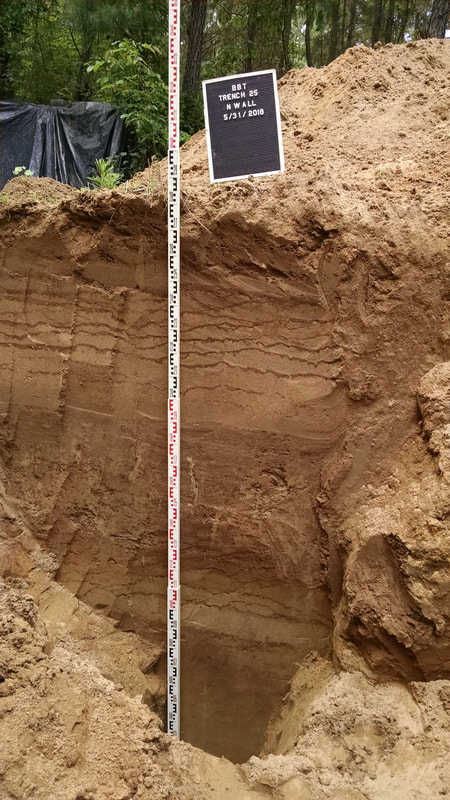
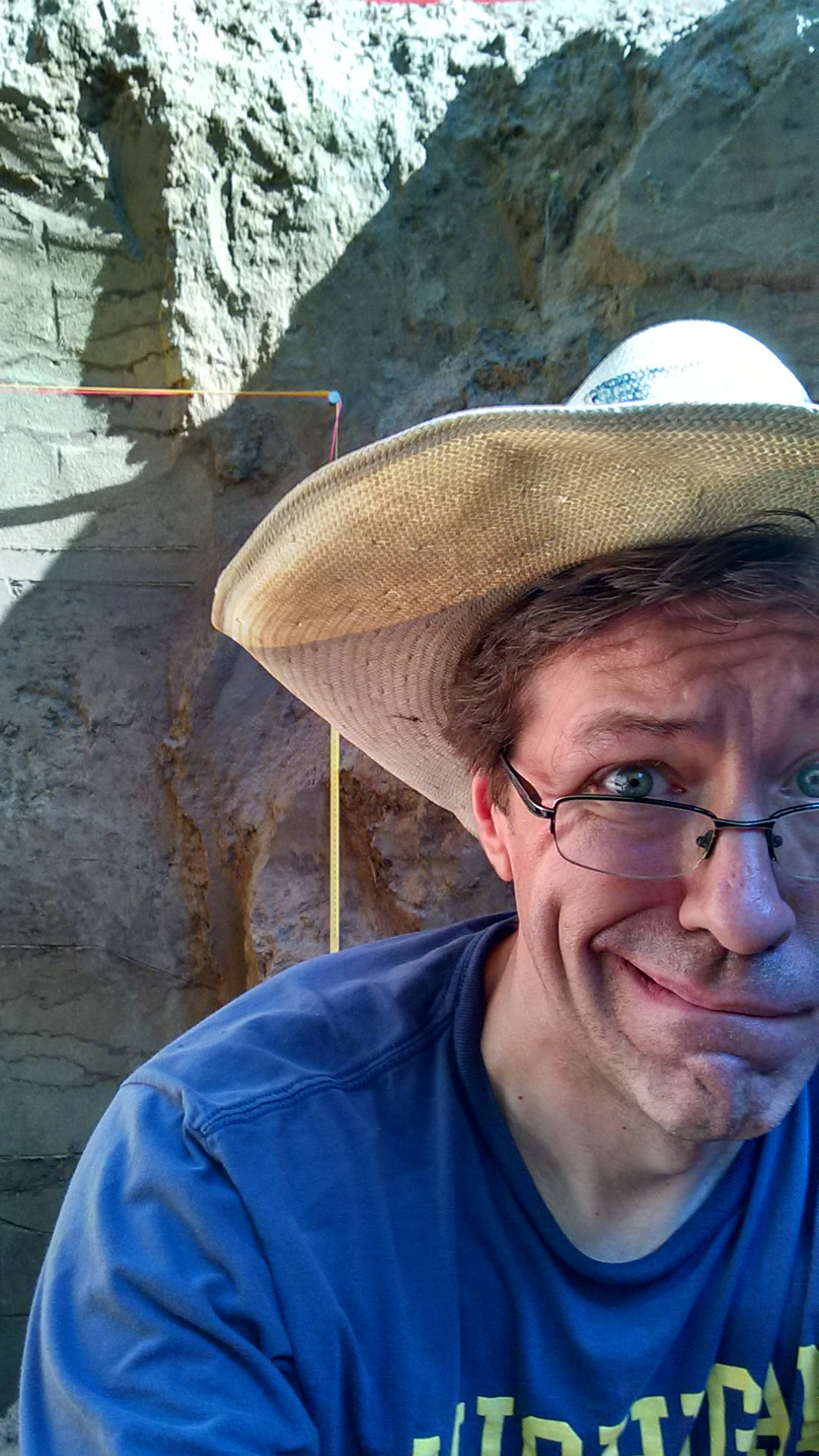
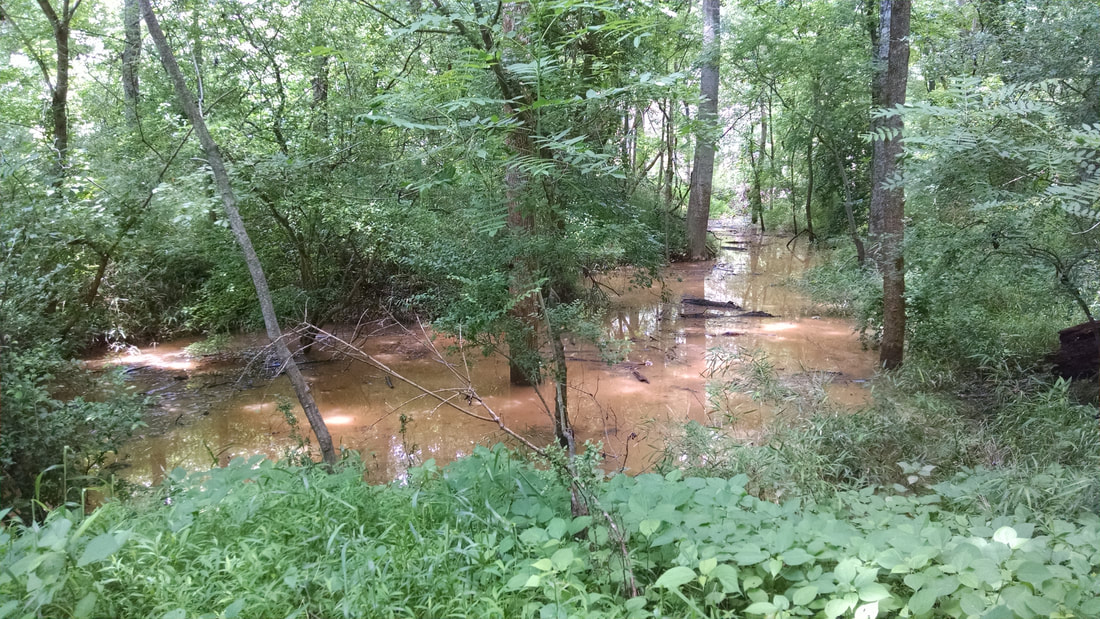


 RSS Feed
RSS Feed
